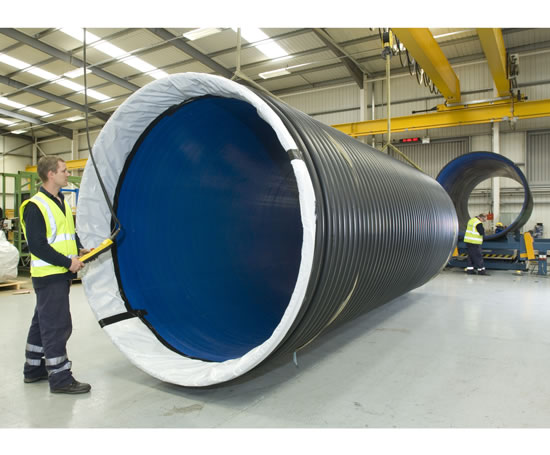garethharvey
Established Member
Hi All
Been away for over a year as my wife has not been well. She’s recovering now and I’m slowly getting back in the workshop.
My son has just bought a house, there are lots of renovation going on there and as the house is in such a mess, we are considering building a spiral wine cellar.
I have costed these up but not happy paying £18,000 - £30,000
I like the idea of the stair treads without a hand rail, as they go straight into the wine rack.
Was wondering, do you think this could be built out of wood? I have been considering building the blocked they use in 25mm plywood with a facing edge in oak. The steps could be solid oak with the central upright also in oak
Would love to hear suggestions / pitfalls


Been away for over a year as my wife has not been well. She’s recovering now and I’m slowly getting back in the workshop.
My son has just bought a house, there are lots of renovation going on there and as the house is in such a mess, we are considering building a spiral wine cellar.
I have costed these up but not happy paying £18,000 - £30,000
I like the idea of the stair treads without a hand rail, as they go straight into the wine rack.
Was wondering, do you think this could be built out of wood? I have been considering building the blocked they use in 25mm plywood with a facing edge in oak. The steps could be solid oak with the central upright also in oak
Would love to hear suggestions / pitfalls



































